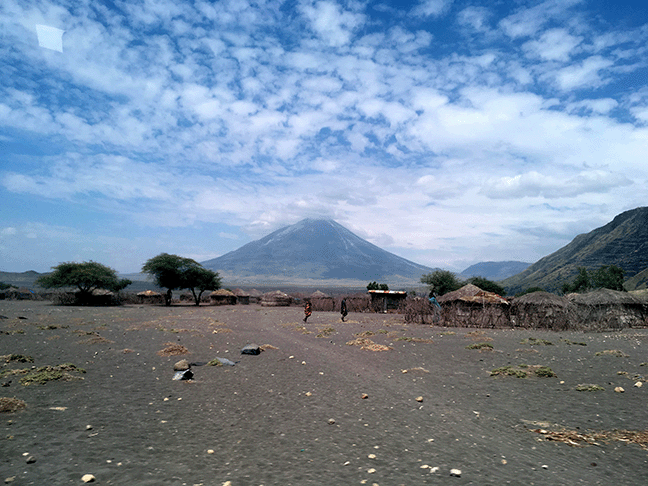NMT Earth Science Professor Co-Authors Paper in 'Nature'
June 9, 2020
Jolante van Wijk contributes to study of CO2 stored In Earth’s mantle and released into atmosphere
SOCORRO, N.M. – NMT Professor Dr. Jolante van Wijk is co-author of a new paper in Nature that sheds light on how much CO2 is released into the atmosphere along continental rift zones.
van Wijk, along with co-authors from around the world, published the paper “Displaced Cratonic Mantle Concentrates Deep Carbon During Continental Rifting” in the June 2020 edition of Nature. van Wijk is a professor in the Earth and Environmental Science Department at NMT.
 “These continental rifts, now and then, put an enormous amount of CO2 into the atmosphere,” van Wijk said. “On longer time scales, this impacts climate
on earth … that’s why Nature was interested in this research.”
“These continental rifts, now and then, put an enormous amount of CO2 into the atmosphere,” van Wijk said. “On longer time scales, this impacts climate
on earth … that’s why Nature was interested in this research.”
The Nature paper can be found at: https://rdcu.be/b4BiA
van Wijk joined the collaboration after meeting some of the team members at conferences, including Dr. Tobias Fischer of UNM.
“I met them at a conference and they asked me to help them with an explanation,” van Wijk said. “I came in when they had a data set collected and I developed an explanation for the measurements. They measured high CO2 concentrations in the East African rift. We found that this CO2 comes from the deeper mantle and concentrates for a long time under the continental plates.”
Scientists understand that carbon dioxide is stored in old continental plates over billions of years. In East Africa, the Tanzanian craton is one of the locations on Earth where scientists believe large amounts of CO2 are stored. The source of this CO2 is the Earth’s deep mantle, van Wijk said.
“When continental plates stretch and break, there is the potential to release significant amounts of this carbon dioxide into Earth’s atmosphere,” she said. “This is what we have found occurs in Eastern Africa.”
The amount of carbon dioxide released into the atmosphere by continental rifts impacts long-term (millions of years) climate fluctuations on Earth. Fischer said that all present day global volcanic and tectonic (of which rifts are a part) CO2 emissions are about 0.04 gigatons per year. Current anthropogenic emissions are 9.9 gigatons per year. Anthropogenic CO2 emissions are about 200 times larger than all volcanic and tectonic emissions together.
Fischer said, “The implication is that if variations in geologic/volcanic CO2 emissions have affected climate in the past as is likely, then our current anthropogenic emissions (which are the biggest current source of CO2 release into the atmosphere) will have a very significant effect on climate and that is exactly what we are seeing and what models show.”
The group of international scientists studied part of the East African rift, located in Tanzania and Kenya, adjacent to the Tanzanian craton. In the rift, the continental plate of Africa is starting to break apart. As the plate breaks and shifts, carbon dioxide rises toward Earth’s surface.
“We found that the lowermost Tanzanian craton has been displaced eastward to below the East African Rift,” van Wijk said. “This displaced mantle material rises up below the rift zone, and as it rises, it experiences a decrease in pressure. The decrease in pressure causes the material to melt, releasing carbon dioxide into Earth’s atmosphere.”
The study area also is the location of Ol Doinyo Lengai, the world’s only active carbonatite producing volcano. van Wijk said they believe that the displaced Tanzanian craton mantle may explain this unique volcanism.
https://en.wikipedia.org/wiki/East_African_Rift
https://en.wikipedia.org/wiki/Ol_Doinyo_Lengai